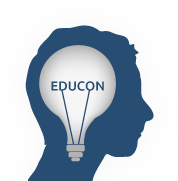Innovation: Elementary Edition
I. Why are we here? Introductions/backgrounds of participants Purpose/goals
II. Setting the stage Essential elements of innovation? What unique needs of young learners do we need to acknowledge? Parameters for discussion: No limits on budget, space, etc.
III. Develop ideas With freedom to design the perfect learning environment(s) for our youngest learners, what non-negotiable elements would be included in the design? PBL -How would students be engaged in passion-driven, project-based learning experiences that are relevant and authentic? What are we doing now that is successful, yet could be deepened/enriched through innovative efforts? How will we ensure students learn foundational skills in literacy, mathematics, and social sciences? What does curriculum, instruction, assessment look like? Collaboration, creation, research, critical thinking, reflection, student leadership, and creativity in the elementary classroom - how the use of technology can support these processes Explore inquiry approaches to primary/elementary education
IV. Leadership Qualities of teachers and administrators necessary for students to thrive in this environment Community involvement Helping pockets of innovation become more widespread
V. The Shift from Thinking to Doing Next steps- how can we lead with innovation in our districts? What can we try/change immediately upon returning to our schools? How can we support one another in these efforts? How can we support teachers in making the shift and support learning on the edge?
Conversational Practice
Lots of conversation, encouraging participants to share what works in their schools, co-creating a shared resource to propel us forward after leaving Educon.
 EduCon 2019
EduCon 2019
No comments have been posted yet.
Log in to post a comment.